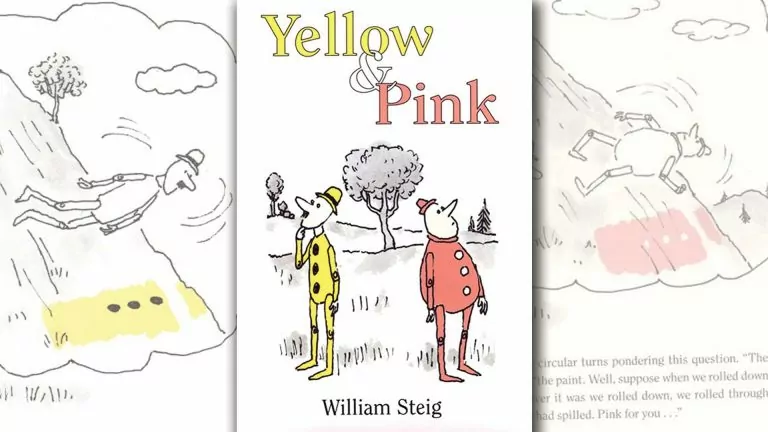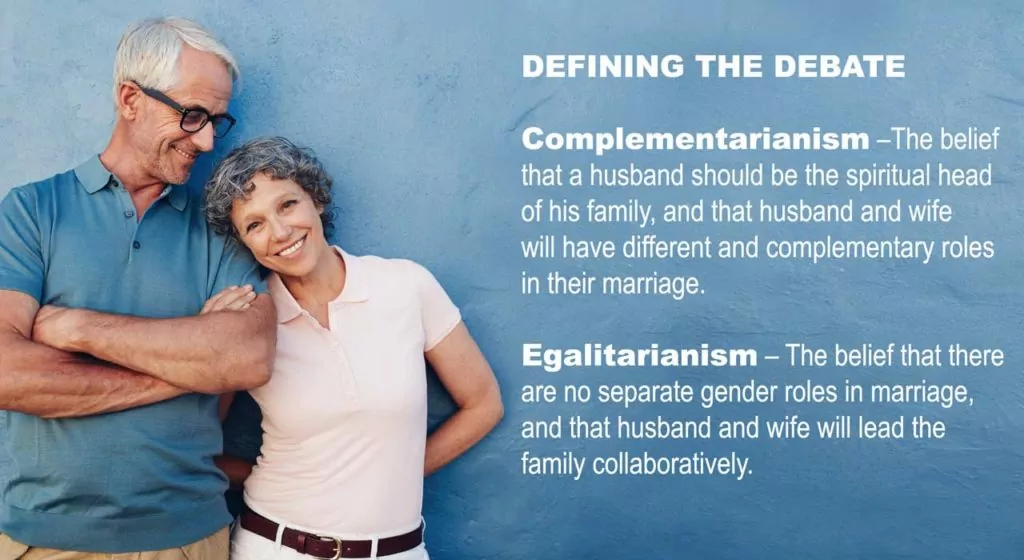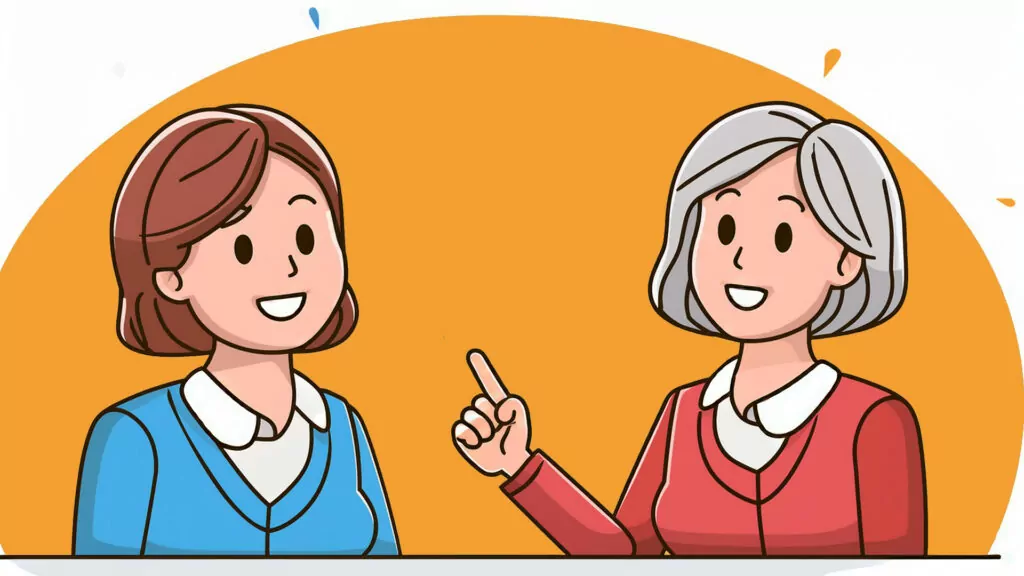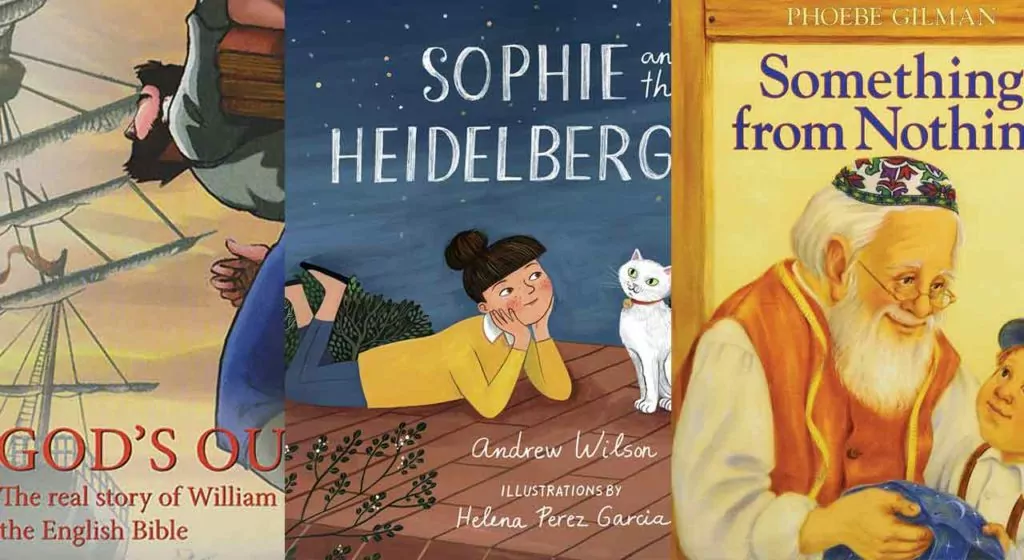by William Steig
1984 / 32 pages
Sometimes one encounters a work of art, a poem, piece of music, figurine or painting which is so simple yet so perfect. Simplicity, you see, takes more talent, not less, to bring about.
Sometimes these works come from unlikely sources too. Yet the masterpiece can be appreciated for what it is, rather than for who the artist is. Most people would not consider children’s literature to represent works of art, but of course, there are exceptions, and one such exception is a story called Yellow & Pink by William Steig. This story is so simple, the illustrations so charming, the whole so pregnant with meaning, that it merits the attention not only of children but also of their discriminating elders.
The story involves two recently assembled wooden puppets laid out in the yard to allow their paint to dry. Suddenly aware of themselves and of their surroundings, they begin to speculate on where they came from. Pink declares that somebody must have made them. Yellow rejects this idea although he notes that they are “so intricate, so perfect.” He proposes time and chance as the preferred explanation:
“With enough time – a thousand, a million, maybe two and a half million years – lots of unusual things could happen. Why not us?”
Pink, however, declares that idea to be “preposterous.” Thus the puppets engage in dialogue.
Yellow proposes hypotheses involving “natural processes” while Pink expresses skepticism in the form of further probing questions. The discerning reader will notice that Yellow’s hypotheses deal only with shape (form). They never deal with function or even the intricacies of form such as joints. Yellow continues his appeal to time and chance with speculations which become more and more improbable. Finally, he bogs down and appeals to mystery. This puppet is content, in the end, to say we may never know the answer, but he refuses to consider Pink’s suggested alternative. In the end, a man (whose drawing bears a striking resemblance to the book’s author and illustrator) comes along, checks the puppets’ paint and carries them away. Neither puppet recognizes that this is their maker.
This simple story, illustrated with elegant line drawings colored pink and yellow, is an obvious analogy to evolutionary speculations. The appeals to time and chance to explain highly improbable events (such as hailstones of the right size falling repeatedly only in the eye sockets) have an all too familiar ring. This is like using time and chance to explain how a particular orchid flower ever came to resemble a particular female bee in appearance, texture, and smell.
The author of this little story was a most interesting man. An artist by training, he had provided cartoon-like illustrations for The New Yorker magazine for almost forty years, when at the age of sixty he undertook to write and illustrate children’s books. Thus in 1968, Mr. Steig began a new, highly successful career, that would span a further twenty years. He favored stories that encouraged children to think. One device was to sprinkle big words into the text and another was to espouse unusual ideas. For example, in Shrek, he encourages his readers to value strength of character rather than conventionally attractive personal appearance. Thus it is in Yellow and Pink that he turns his attention to Darwinian speculations. Perhaps he wanted to encourage critical thinking. Whatever the author’s reasons may have been for writing this book, it conveys an important idea by means of an elegant and non-confrontational device – a children’s story. Buy the book because it is a discussion starter, or as a collector’s item, or just because it is fun to read.












